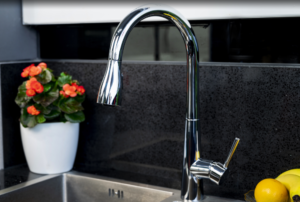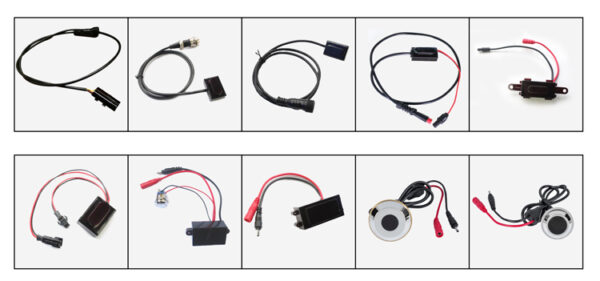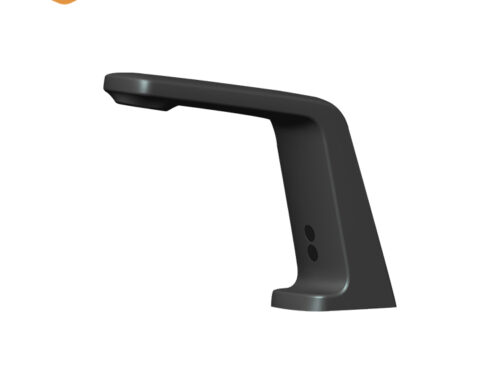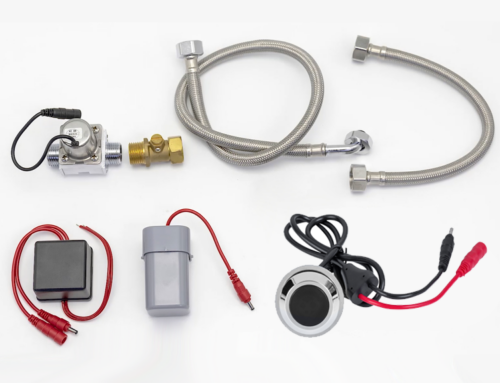In modern kitchen design, sensor kitchen faucets have become increasingly popular due to their convenience, hygiene, and advanced functionality.
Reasons to Replace the Sensor
There are several reasons why you might need to replace your kitchen faucet sensor. The most common reasons is sensor malfunction. Over time, sensors can become worn or damaged due to regular use, exposure to water, or other environmental factors. When a sensor malfunctions, it may not respond appropriately to hand movements, resulting in inconsistent water flow or the faucet failing to open or close. In such cases, replacing the sensor can restore the faucet’s functionality and ensure a seamless user experience.
Can a kitchen faucet sensor be replaced?
Yes, a kitchen faucet sensor can be replaced in most cases. However, the feasibility of replacement depends on several factors, including the type of faucet, the sensor design, and the availability of replacement parts.
Most modern sensor kitchen faucets are designed with replaceable sensors. These faucets typically have a modular design, where the sensor is a separate component that can be easily removed and replaced. In some cases, the sensor may be located on the spout or handle, while in others it may be integrated into the base. To determine if your faucet has a replaceable sensor, please consult the manufacturer’s instructions.
Replacing the Sensor
Replacing a kitchen faucet sensor is a relatively simple process, but it does require some basic tools and technical knowledge. Here are the general steps involved in sensor replacement:
- Shut Off the Water Supply: Before starting any work on your faucet, it is essential to shut off the water supply to prevent leaks or water damage. Locate the shut-off valves under the sink and turn them clockwise to turn off the water.
- Remove the Old Sensor: Depending on your faucet’s design, you may need to remove the spout, handle, or other components to access the sensor. Use a screwdriver or other suitable tools to remove the screws or fasteners that hold the sensor in place. Carefully disconnect the wiring from the sensor, noting any color coding or markings to ensure proper reinstallation.
- Install the new sensor: Once the old sensor is removed, insert the new sensor in the same location. Connect the wiring to the new sensor, following the same color coding or markings as before. Make sure the sensor is firmly in place and all connections are tight.
- Reassemble the faucet: After installing the new sensor, reassemble the faucet by replacing the spout, handle, and other components. Tighten the screws or fasteners to ensure a proper fit.
- Turn on the water supply: Once you have reassembled the faucet, turn on the water supply by turning the shut-off valves counterclockwise. Check for leaks around the sensor or other connections. If you notice any leaks, tighten the connections or consult a professional plumber for assistance.
It is important to carefully follow the manufacturer’s instructions when replacing the sensor. If you are unsure about any step of the process, we recommend seeking the help of a professional plumber or contacting our customer service team for guidance.
Contact us for purchase and consultation
Fuzhou RAJEYN Electronic mainly produce infrared sensor, sensor basin faucets, sensor kitchen faucets, sensor urinal flush valve, sensor toilet flush valve, sensor soap dispenser and so on. If you have any questions about our sensor kitchen faucets or need assistance with sensor replacement, please don’t hesitate to contact us.






